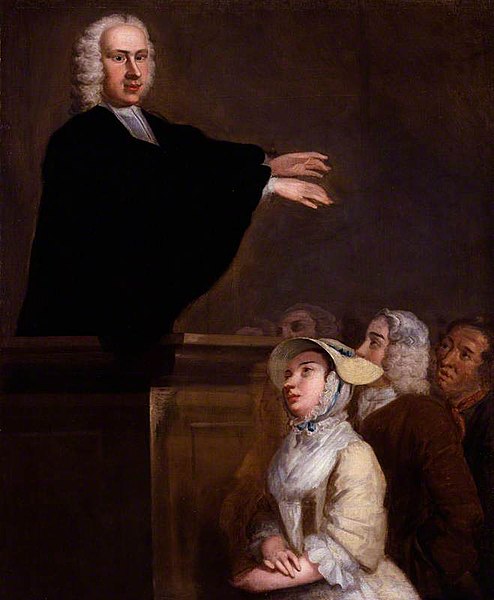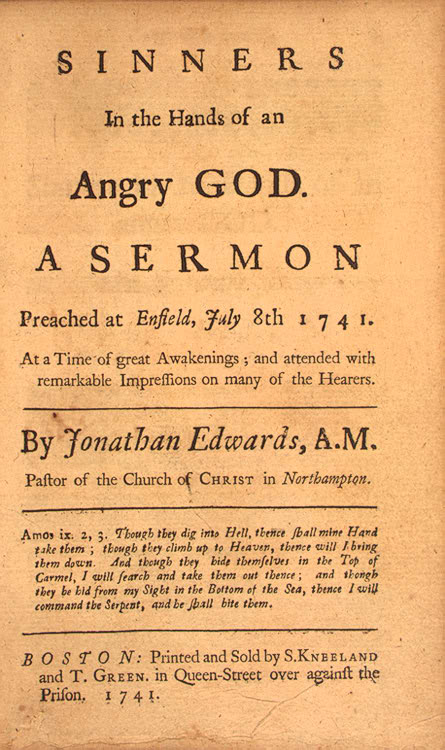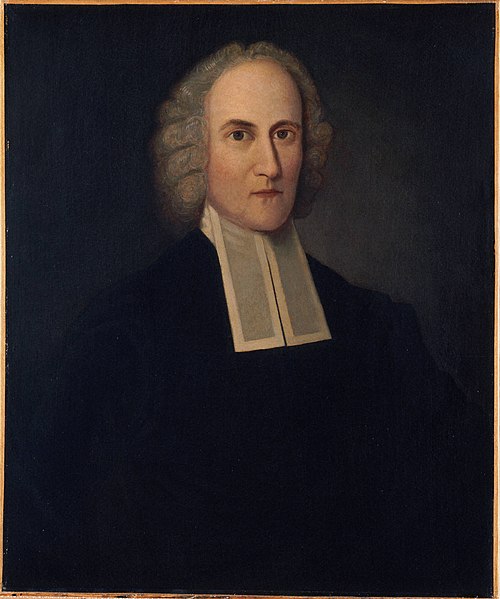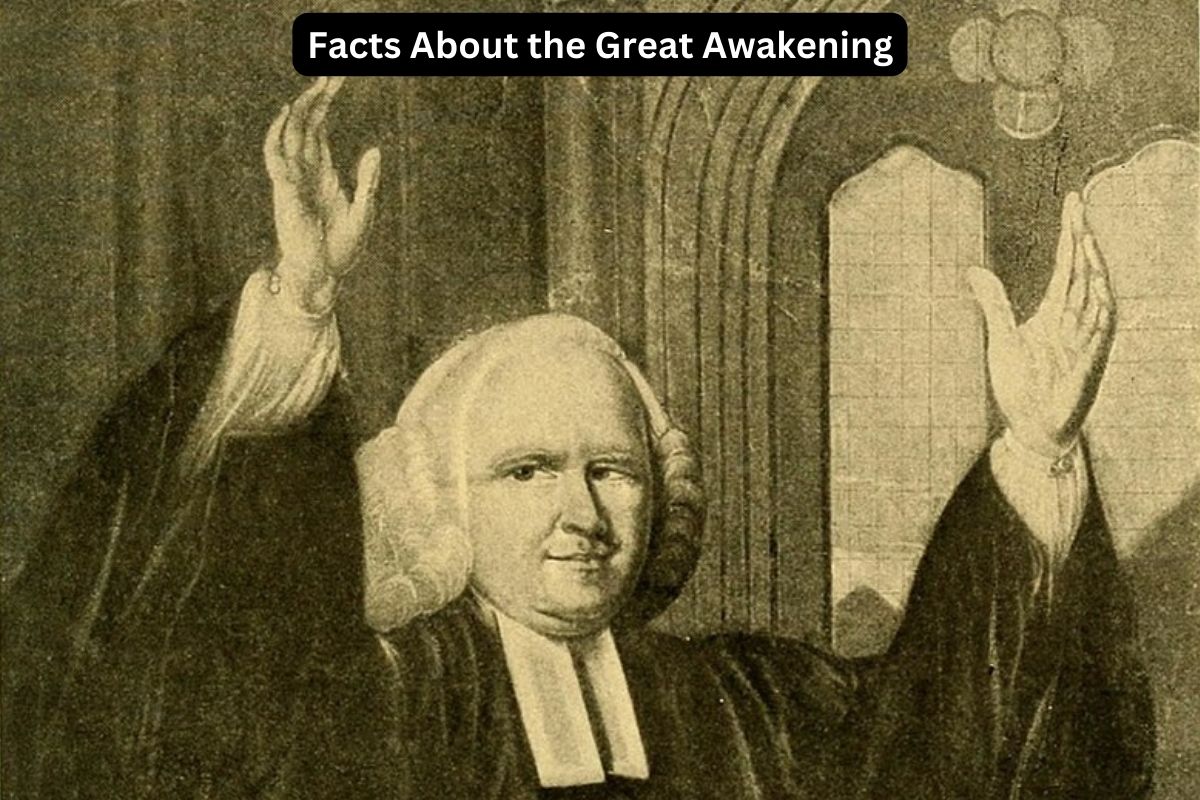The Great Awakening was a significant religious and spiritual revival that swept through the American colonies during the 18th century.
Led by charismatic preachers like Jonathan Edwards and George Whitefield, this movement emphasized personal religious experience, emotional preaching, and individual salvation.
It transcended denominational boundaries, attracted a diverse following, and had profound social, political, and cultural implications for colonial America.
The Great Awakening’s legacy continued to shape American religious life and contributed to the development of evangelical Christianity and the ideals of religious freedom and individualism in the United States.
Great Awakening Facts
1. Occurred in the 18th century
The Great Awakening was a significant religious revival that unfolded in the American colonies during the 18th century. It began in the 1730s and continued into the 1740s.
Also Read: The Enlightenment Timeline
This period marked a departure from the religious norms of the time, as it sought to rekindle religious fervor and address the perceived spiritual decline in colonial society.

2. Led by influential preachers like Jonathan Edwards and George Whitefield
The Great Awakening was spearheaded by charismatic and influential preachers who traveled extensively to deliver sermons and ignite the revivalist spirit.
Also Read: Timeline of the The Great Awakening
Jonathan Edwards, a Congregationalist minister, is particularly well-known for his powerful sermons, including “Sinners in the Hands of an Angry God,” which emphasized the urgency of repentance and personal conversion.
George Whitefield, an English Methodist preacher, was another key figure who captivated large audiences with his dynamic and emotionally charged sermons. These preachers played a central role in spreading the revivalist message and attracting large crowds of followers.
3. Characterized by emotionally charged preaching
The Great Awakening was marked by a distinctive preaching style that aimed to provoke intense emotional responses in listeners.
Preachers used vivid and dramatic language to evoke feelings of guilt, fear, and, ultimately, redemption. They believed that emotional awakening was a crucial part of the religious experience and that it would lead individuals to seek salvation through a personal connection with God.
This emotional intensity set the Great Awakening apart from more traditional and reserved forms of worship that were prevalent in colonial America at the time. It contributed to the revival’s appeal and effectiveness in reaching a broad audience.
4. Spread throughout the American colonies
The Great Awakening was not confined to a specific region but spread across the American colonies. It had a significant impact in various parts of colonial America, including New England, the Middle Colonies, and the Southern Colonies.
The revivalist movement reached both urban and rural areas, drawing a diverse range of people from different backgrounds and social classes. As a result, it contributed to a sense of shared religious experience among colonists and helped bridge geographic and cultural divides.

5. Attracted support from various Christian denominations
One notable aspect of the Great Awakening was its ability to transcend denominational boundaries. It drew support from a wide array of Christian groups, including Congregationalists, Baptists, Methodists, and Presbyterians, among others.
Also Read: Timeline of the Baptist Church
While these denominations had theological differences, they found common ground in the revival’s emphasis on personal religious experience and salvation.
This ecumenical aspect of the Great Awakening contributed to its widespread appeal and influence, as people from different religious backgrounds came together under the banner of the revival.
6. Emphasized individual salvation and the “born-again” experience
Central to the Great Awakening was the idea of individual salvation through a personal and transformative religious experience.
Preachers urged their listeners to have a “born-again” conversion, where individuals would undergo a profound spiritual awakening, feel a deep connection with God, and be redeemed from their sins.
This emphasis on personal piety and the need for a direct relationship with God challenged traditional religious practices that often relied on formal rituals and church hierarchy.
The revival encouraged individuals to take responsibility for their own salvation, leading to a more emotionally charged and experiential form of Christianity. This concept of the “born-again” experience remains a fundamental aspect of evangelical Christianity in America to this day.

7. Had social and political implications, promoting individualism
The Great Awakening had profound social and political implications in colonial America. It encouraged a spirit of questioning established authority, both in religious institutions and in society at large.
The emphasis on individual religious experience fostered a sense of personal empowerment and self-determination.
As a result, people began to challenge traditional hierarchies and institutions, contributing to the broader cultural shift toward greater individualism and independence. This shift would later influence the American Revolution and the development of democratic ideals in the United States.
8. Coexisted with the Enlightenment period
The Great Awakening occurred during the same period as the Enlightenment, a time when reason, science, and rationality were highly valued.
While the revivalist movement was known for its emotionally charged preaching and emphasis on religious experience, it also encouraged critical thinking and intellectual inquiry among its followers.
Some individuals sought to reconcile the emotional aspects of the revival with Enlightenment ideals, leading to a complex intellectual landscape in colonial America where both religious and rational thought coexisted.
9. Resulted in divisions and the formation of new denominations
The Great Awakening, while unifying in some respects, also led to divisions within established churches. Congregations often split between those who embraced the revivalist message and those who opposed it.
This division sometimes resulted in the formation of new denominations and the establishment of separate congregations.
Also Read: Timeline of the United Methodist Church Split
For example, the Great Awakening contributed to the growth of Baptist and Methodist denominations in America, as these groups often aligned with the revivalist movement.
10. Left a lasting impact on American religious life and society
The Great Awakening’s influence extended well beyond the 18th century. It played a pivotal role in shaping the religious landscape of the United States, contributing to the development of evangelical Christianity as a prominent force in American religion.
The revivalist fervor and emphasis on personal salvation continued to shape American religious practices and beliefs for generations. Additionally, the Great Awakening contributed to the idea of religious freedom and tolerance, as it underscored the importance of individual conscience and the right to worship according to one’s beliefs.
Its legacy can be seen in subsequent religious revivals, including the Second Great Awakening in the early 19th century, which further reshaped American spirituality and society.
